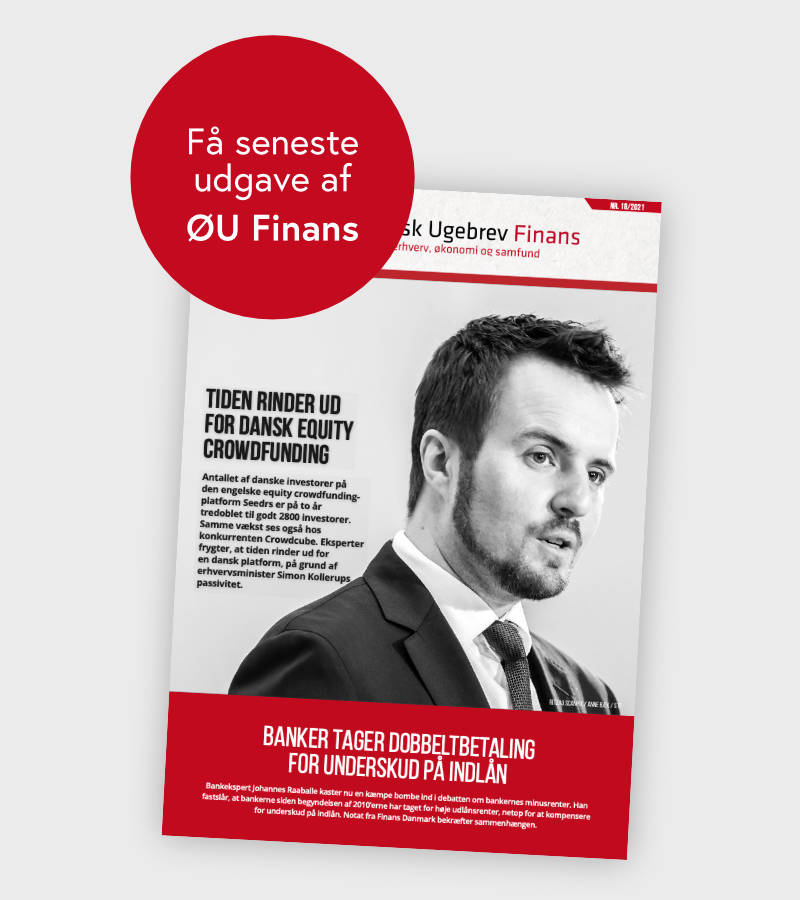What’s new in Basel IV?
In 2017, the Basel Committee agreed on changes to the global capital requirements as part of finalising Basel III. The changes are so comprehensive that they are increasingly seen as an entirely new framework, commonly referred to as “Basel IV,” set to take effect from 2023.
An analysis by the Basel Committee highlighted a worrying degree of variability in banks’ calculation of their risk-weighted assets. The latest reforms aim to restore credibility in those calculations by constraining banks’ use of internal risk models.
Advanced internal risk models give banks the most freedom to estimate their credit risk, often yielding a much lower risk than the regulator’s standard model. Under Basel IV, banks can no longer use these typically more sophisticated and complicated internal risk models for large corporates with a turnover of at least 500 million EUR.
In addition, Basel IV introduces a so-called output floor, which prevents a bank’s own internal measurement of its risk exposure from yielding less than 72.5% of the standardized approach.
“At a maximum, you can reduce your risk-weighted assets by 27.5%,” explains Sonebäck. “So this is a major change that affects how much benefit you can get from these internal models. It will affect banks that are using internal models the most.”
The new reforms also modify the leverage ratio, changing the definition of a bank’s total exposure. In addition, they make changes to the credit valuation adjustment (CVA) and operational risk frameworks.
How will Basel IV affect banks?
The purpose of Basel IV is to level the playing field and harmonize how banks calculate risks, not to increase the level of capital in banks on a global level, explains Sonebäck. However, the reforms will likely have a disparate impact in different regions, due to regional differences in banks’ use of internal models for calculating risk.
Globally, the impact on banks’ required capital will be limited, he says. The impact will be larger in Europe and the Nordics, where banks tend to be heavier users of internal risk models. The European banking system, for example, will need an estimated 19% of additional Tier 1 capital in their capital buffer, while Swedish banks will need an additional 28%. That compares to an estimated 2% additional Tier 1 capital for US banks.
For the European banking system, that means having to find an additional 52 billion EUR of capital, based on current lending volumes.
How will Basel IV affect banks’ lending to corporates?
The return on capital in the banking sector has dropped by around one-third since the global financial crisis of 2008-2009. The big question is whether banks will take the latest hit from the increased cost of capital related to Basel IV or pass that along to customers, according to Trocmé.
He points to a study by Copenhagen Economics, which estimates that the expected borrowing costs for corporates in the EU will increase by around 25 basis points on the back of the additional capital needs of Basel IV. In Sweden, the increase in corporate borrowing costs is likely to be twice as high, at over 50 basis points, according to the study.
Large corporates, with revenues over 500 million EUR, that don’t have a credit rating and rely on bank loans for funding today are likely to be hardest hit.
What can corporates do to prepare?
Trocmé encourages companies in this category to review all of the potential funding options available to them, including potential new funding sources, so they are not caught off guard when the changes arrive.
Companies will need to have “maximum flexibility to be able to choose between different funding options to find what suits them best,” he says.
Having a credit rating is likely to become more important, he adds, given that unrated large corporates will be grouped at a higher risk level regardless of their actual credit risk history.







